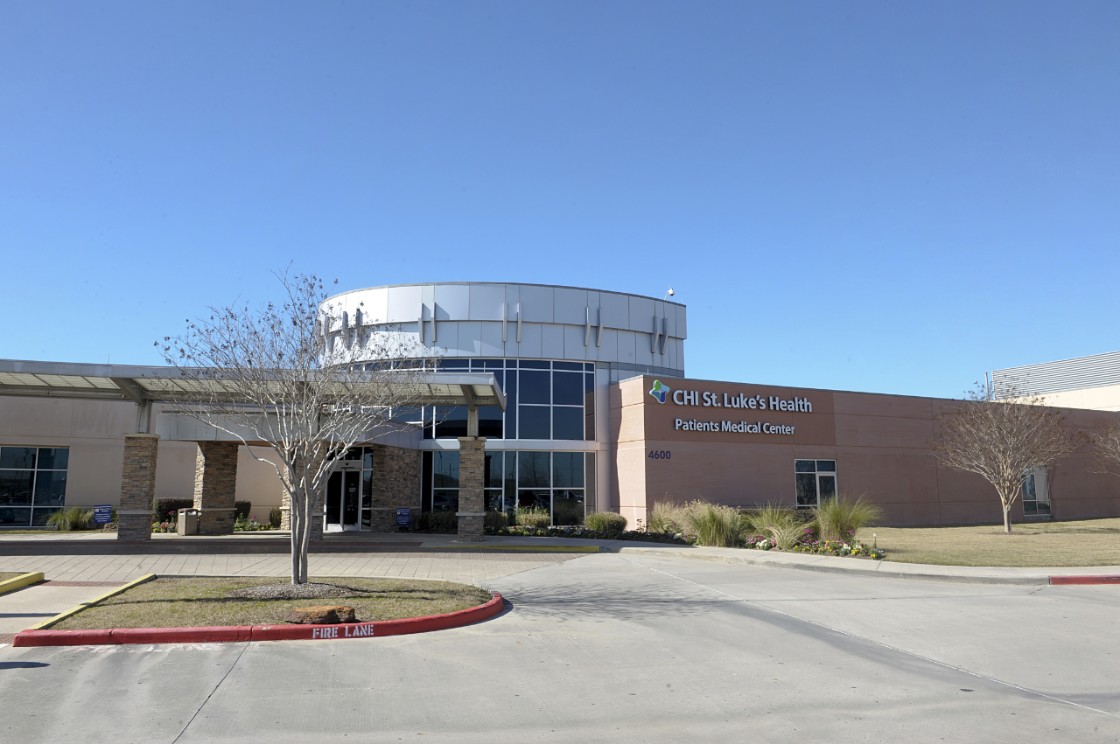How Surgery Enabled Grandmother Rebecca Cruz to Better Care for Her Grandchildren
Weekday mornings can be a little crazy for Rebecca Cruz, who takes care of her family home and gets her two grandchildren, ages 5 and 3, ready for school.
“They’ve got me running after them,” joked Rebecca, 48, of Pasadena. “I have my kindergartener that I get ready every day, and another who goes to pre-k three days a week. There’s no rest for the ‘nana.’”
Keeping up with her grandkids became more challenging starting in February 2018, when she noticed a dark dot on the big toe of her left foot, a sign that there was a reduction in blood supply to her skin. Over time, the dot grew into a painful bubble.
“My toe hurt so bad that it was hard to walk; it would make me cry,” said Rebecca, who is diabetic. “My feet also started turning cold and dark.”
Worried, Rebecca went to a local urgent care clinic in August 2018 and was advised to see her doctor, who then referred her to a podiatrist, Dr. Edna Reyes-Guerrero. Rebecca ended up at the emergency center at St. Luke’s Health-Patients Medical Center, where cardiovascular specialist Dr. Karan Bhalla told her she was losing circulation in her legs and ran a risk of needing to get her toe removed.
Rebecca was diagnosed with gangrenous cellulitis, a condition in which a lack of blood flow or an infection can cause body tissue to die off. This can potentially lead to loss of a finger, toe, or even worse, loss of a limb.
Along with being diabetic, Rebecca also smoked, which is a very bad combination.
“In Rebecca’s case, her risk factors were one, smoking, which is the common ground for most amputations, and two, she had diabetes,” Dr. Bhalla said. “I tell my patients that if they smoke or have diabetes, they’re probably doubling their risk of having vascular issues. If you have diabetes and you smoke, it’s tenfold higher.”
Hearing this news was scary for Rebecca, as her mother is also diabetic and experienced limb amputations.
“My mother is in a nursing home and she lost both of her legs, and I didn’t want that for myself,” she said.
However, Dr. Bhalla was able to perform a successful surgery to restore blood circulation to her legs and feet. Had she waited any longer to see a doctor, she could have potentially lost her toe, or even her leg.
“Dr. Bhalla is a miracle worker,” she said. “Had he not seen me so fast, I would have lost the toe because the blockage was so severe and my leg was turning black, but he caught it right away.”
Today, Rebecca has recovered well and is able to walk just fine.
“My toe is so much better,” she said. “I can put pressure on it and it doesn’t hurt, and the blackness is gone. There’s blood flowing in my legs again, and I have more energy.”
Rebecca said she had underestimated the seriousness of her condition, but was thankful Dr. Bhalla and the rest of the care team at Patients Medical Center went out of their way to recirculate her blood to save her from a potential loss of limb.
“There was a good chance I could have lost my toe, but they didn’t give up,” she said. “From the moment I went into the surgery, all the nurses and anesthesiologists were wonderful. They relaxed me before surgery, kept me calm, and it worked out great. Had they removed my toe, I wouldn’t be able to care for my grandkids the way I do, thank God.”
Limbs for Life Program for Early Amputation Prevention
In 2008, Patients Medical Center implemented a program called Limbs for Life, in which a specialized team partners with the hospital’s wound and hyperbaric specialists to prevent limb amputation and save lives.
“We try to get these people in quick because if not, it could be too late,” Dr. Bhalla said. “Some people aren’t aware of why their legs have been hurting for the last few years, why they are changing color or why they feel so cold. It’s because their legs are losing blood circulation. That’s why knowing your risk factors is important.”
Common risk factors include high blood pressure, high cholesterol, or smoking. Additional signs to watch for include:
-
Pain in your legs
-
Loss of hair on your Iegs (due to low blood supply)
-
Coldness or change of color in your legs
-
Little to no pulse in the legs or feet








